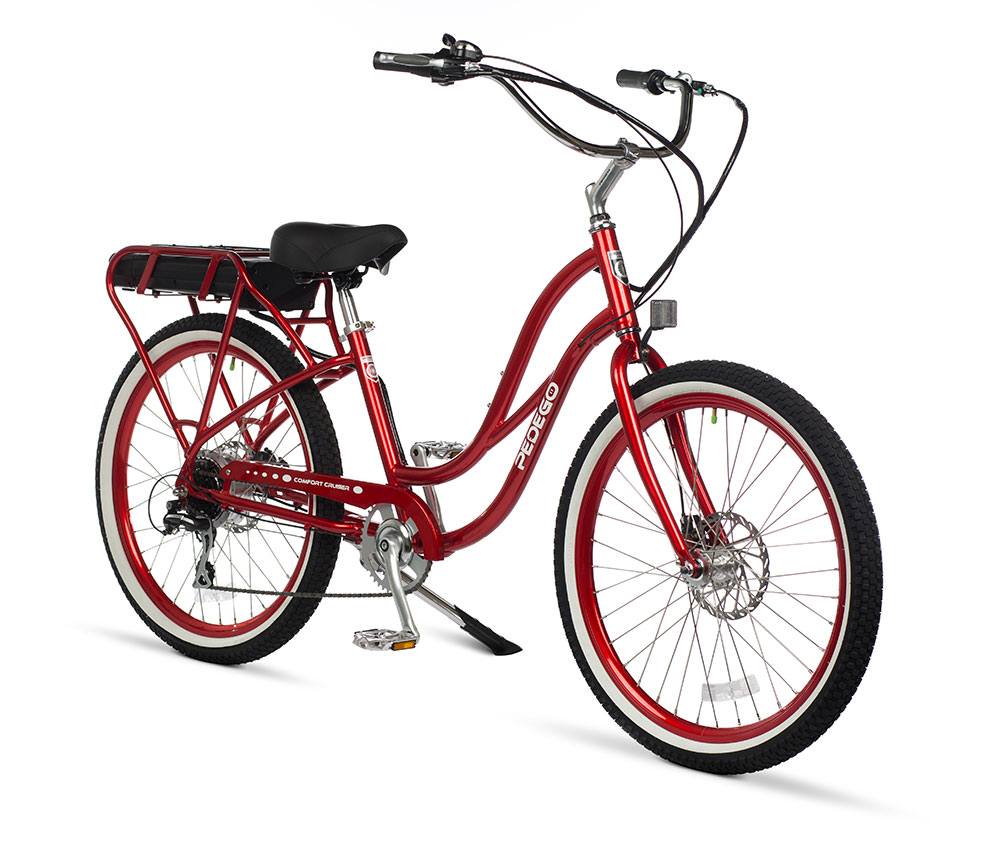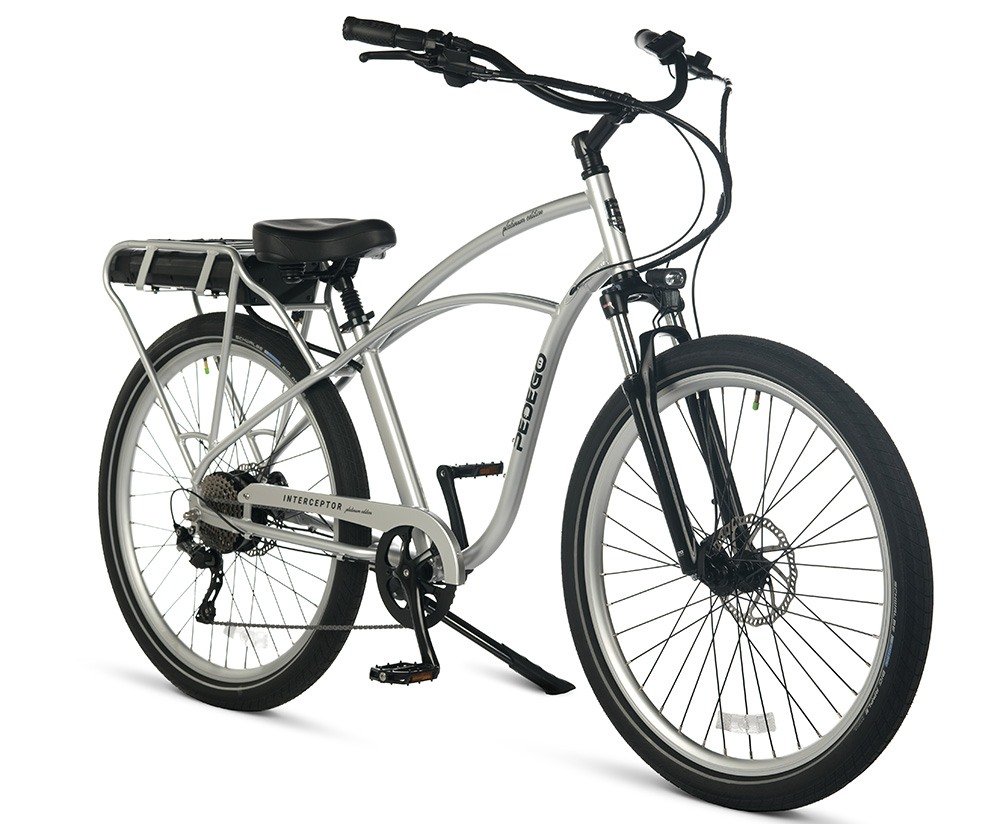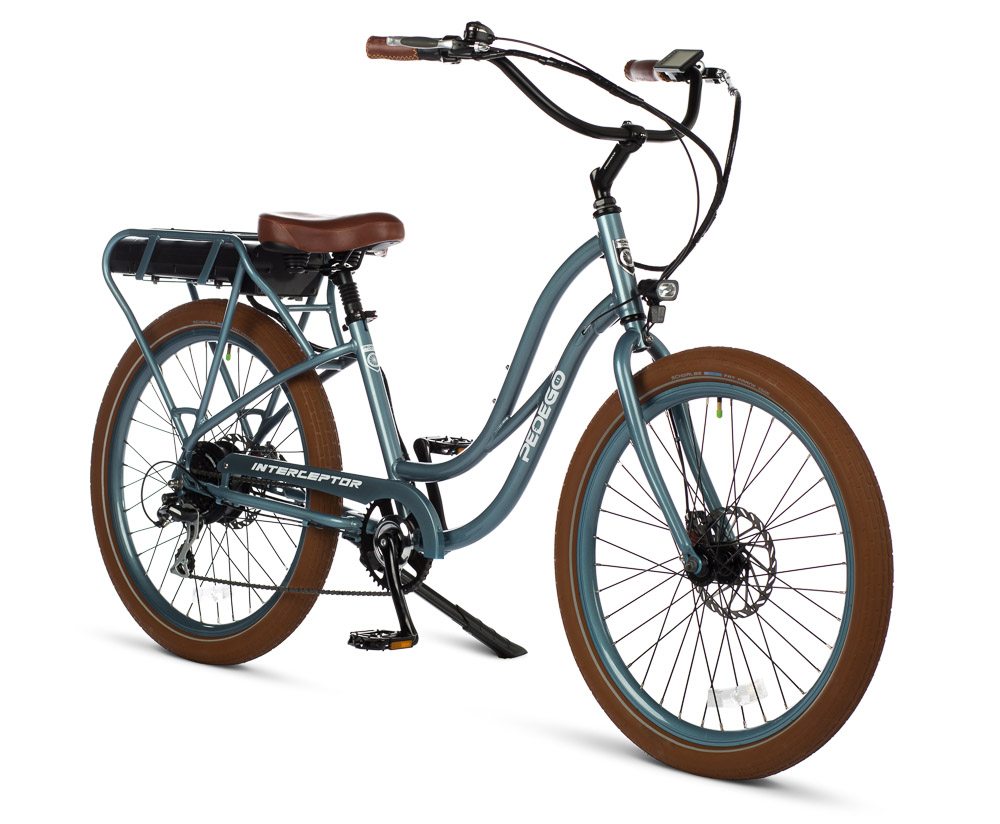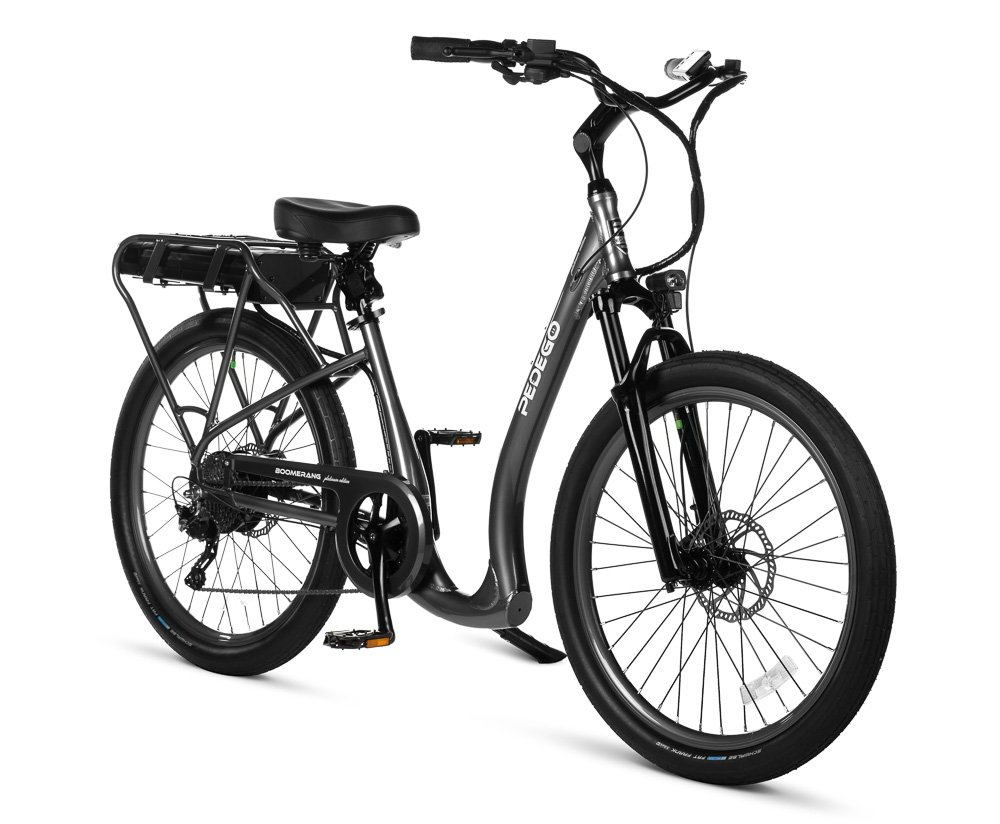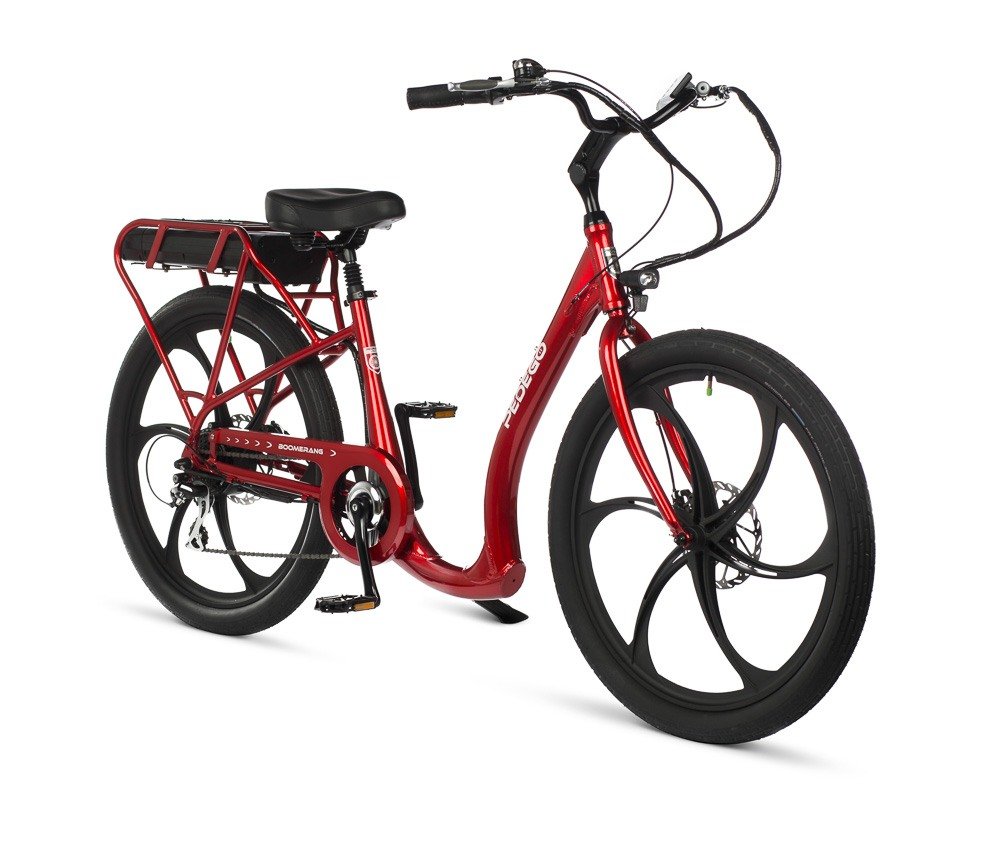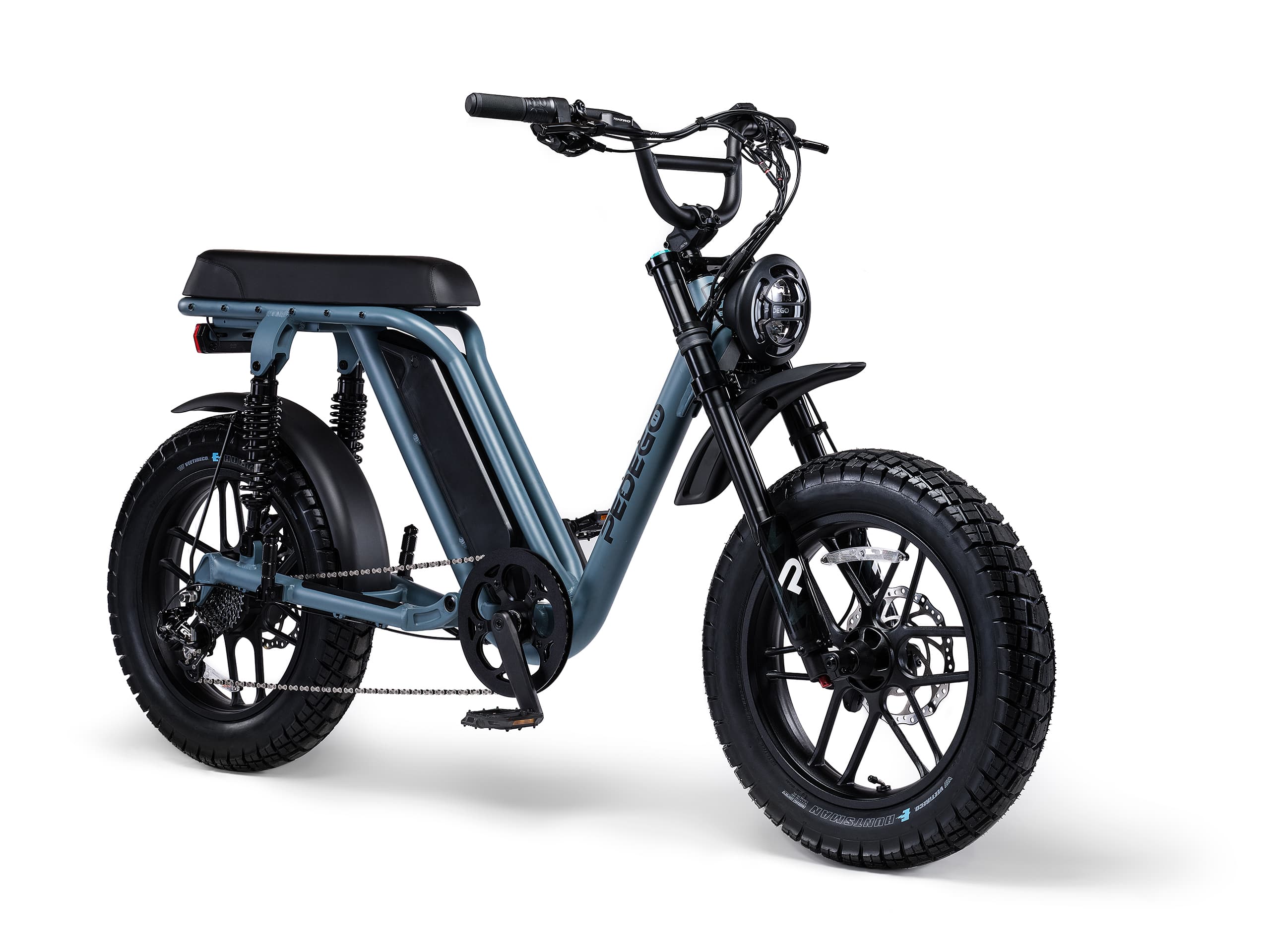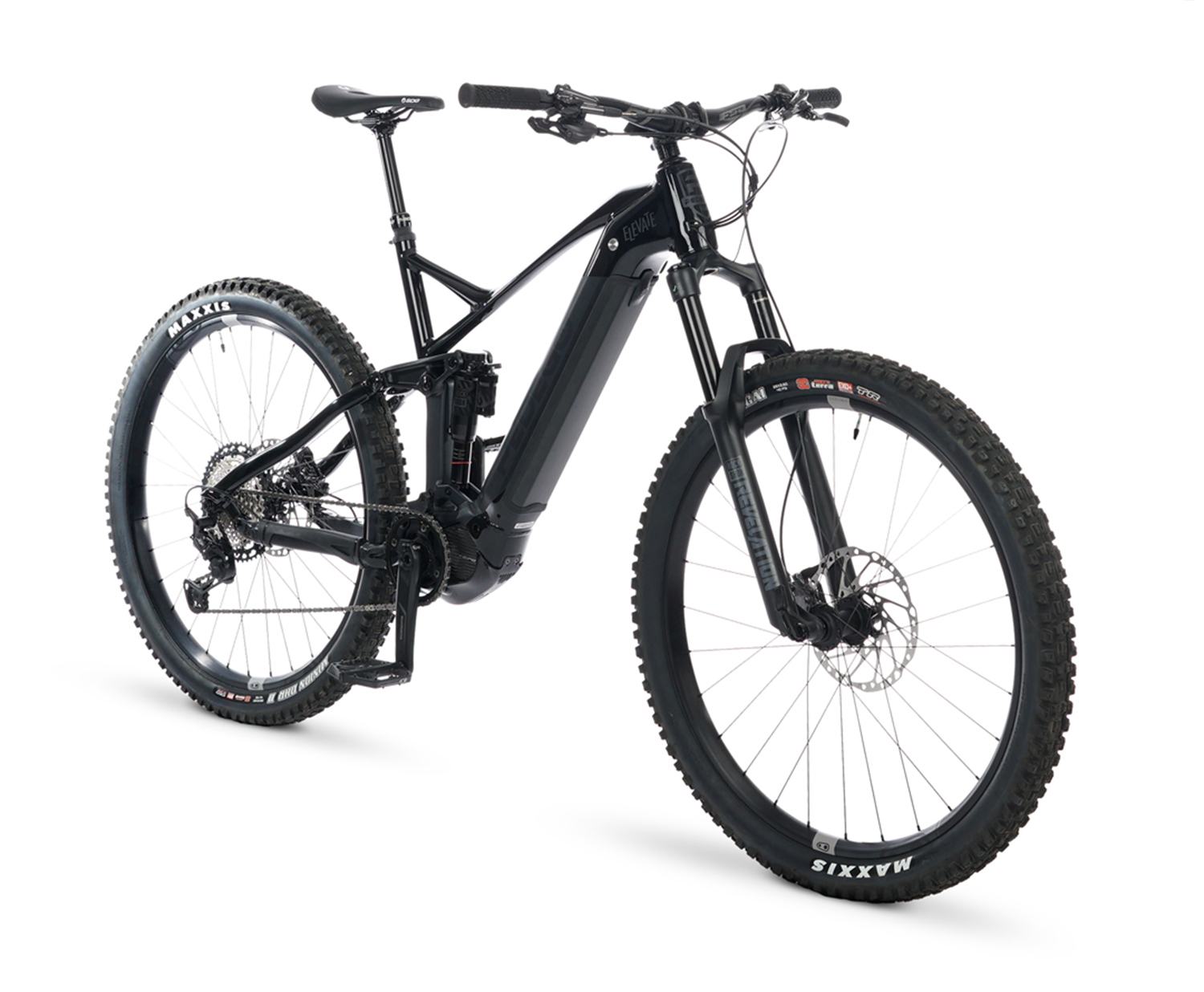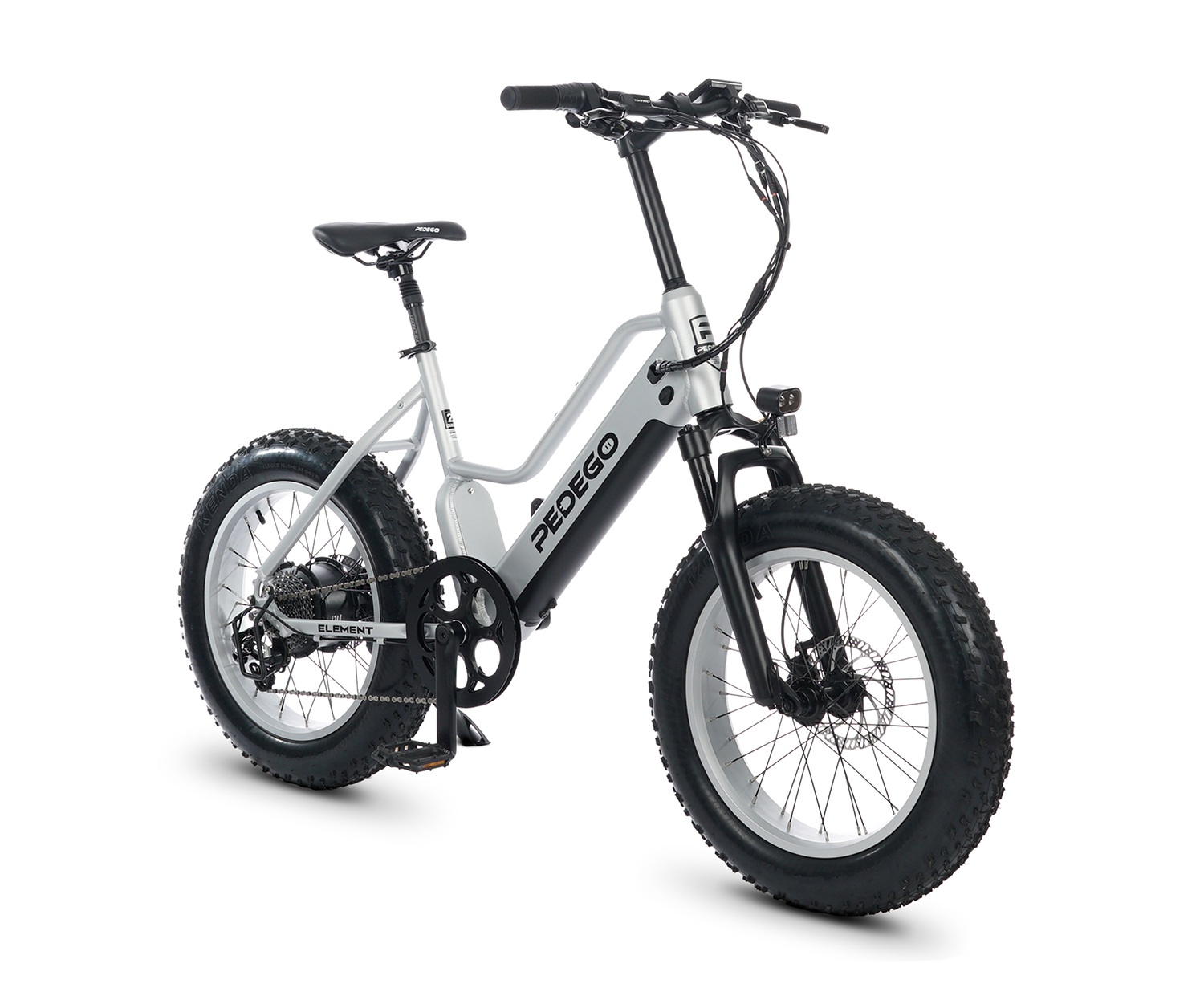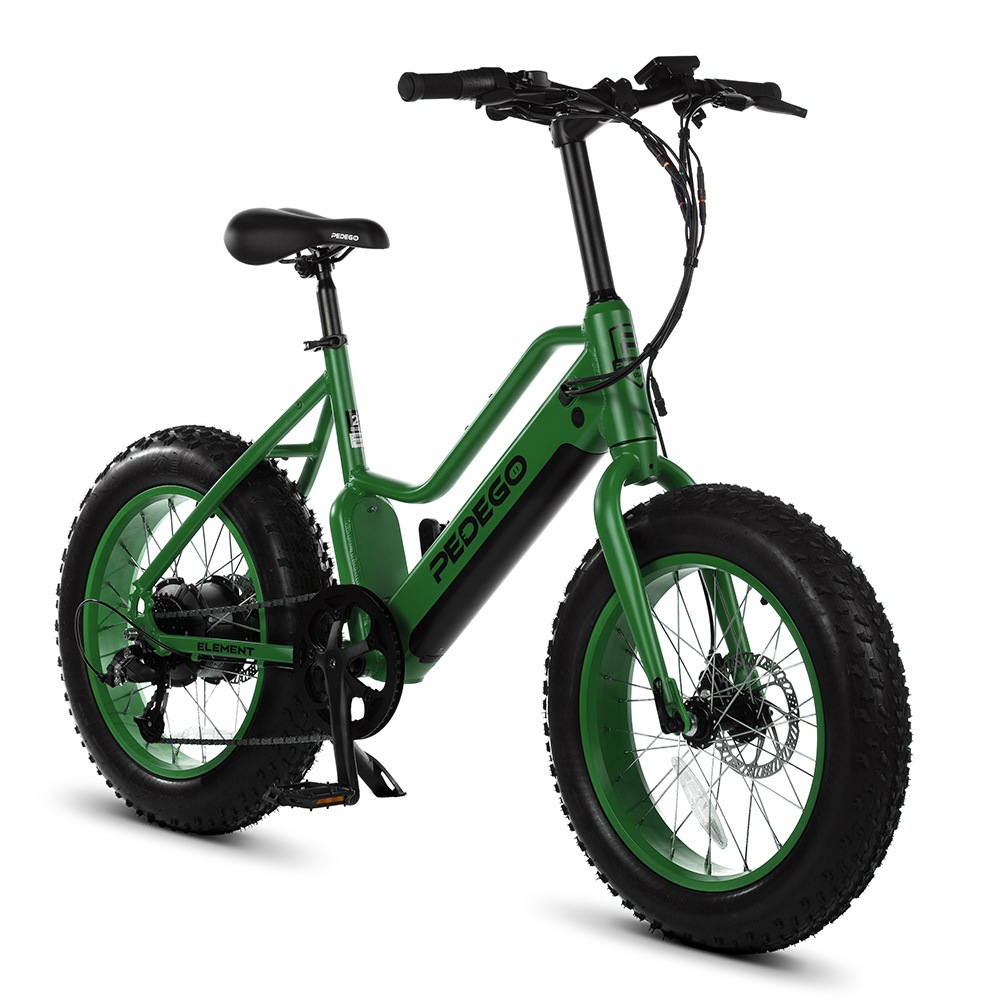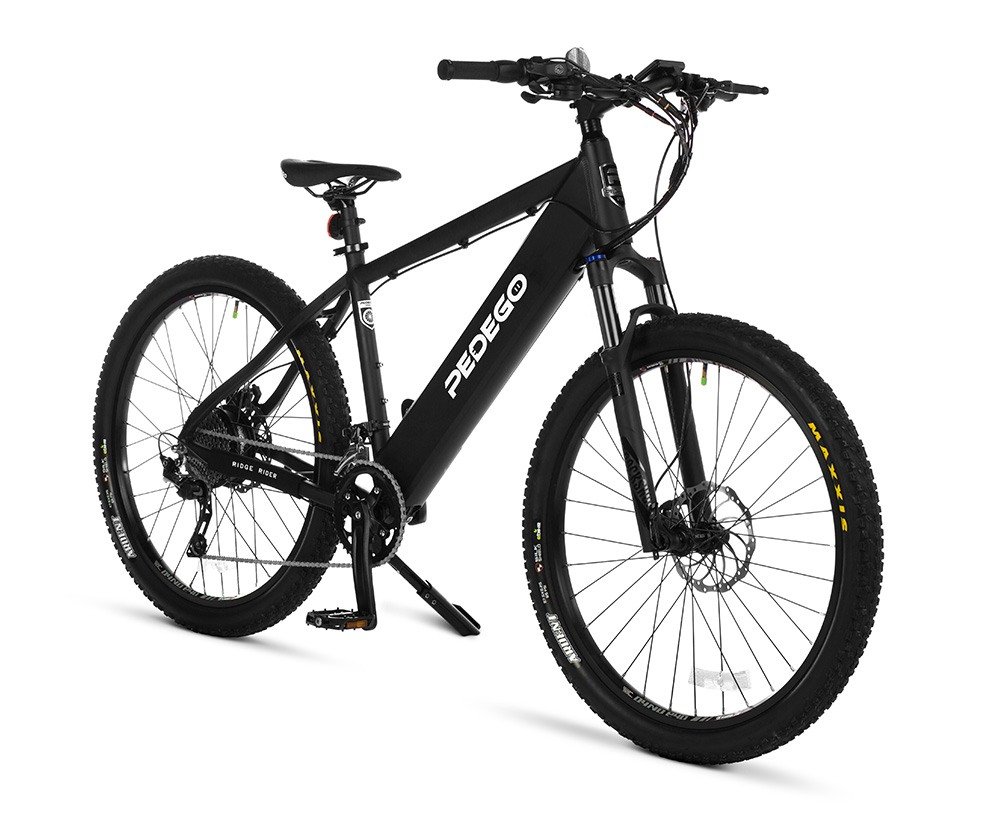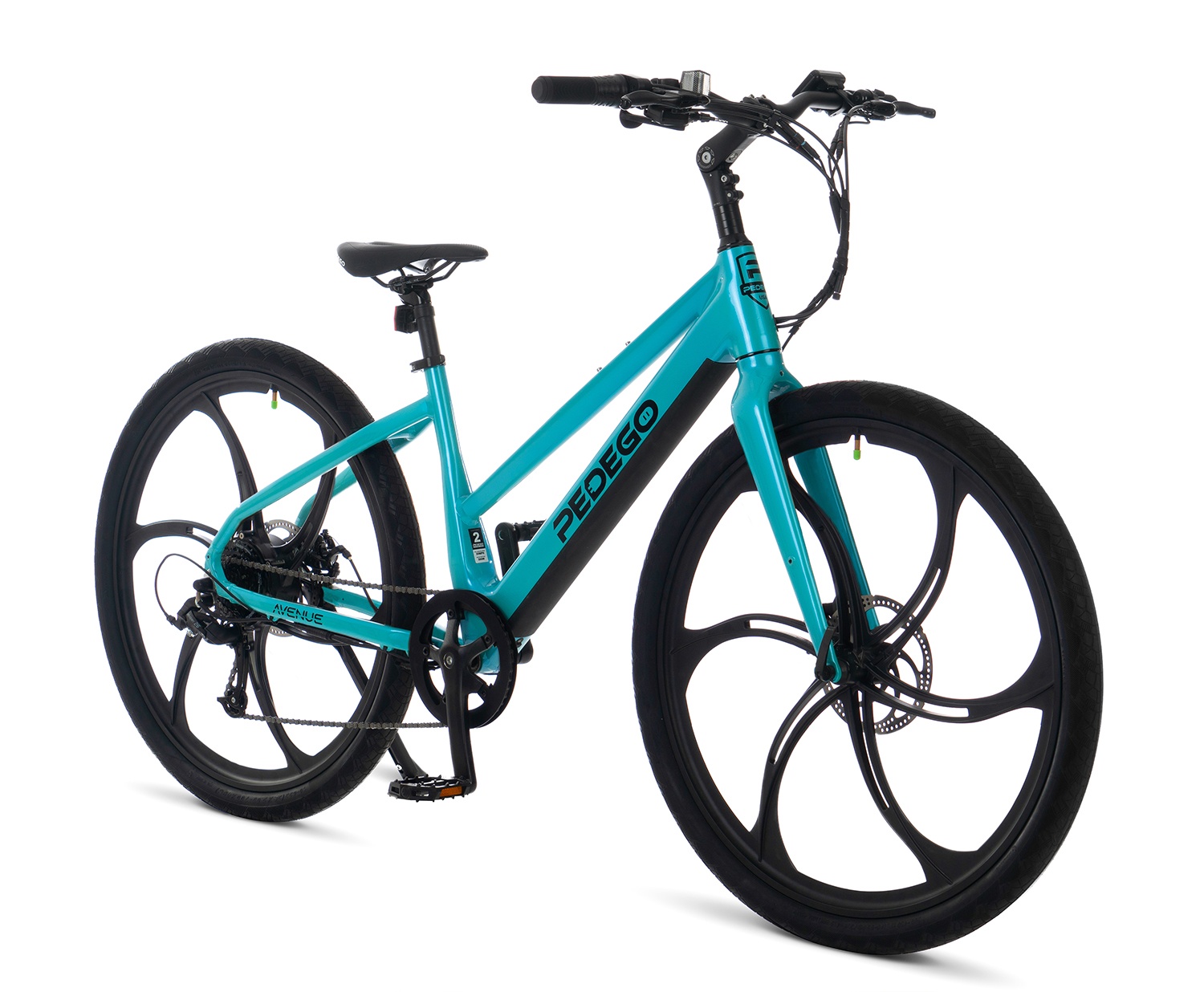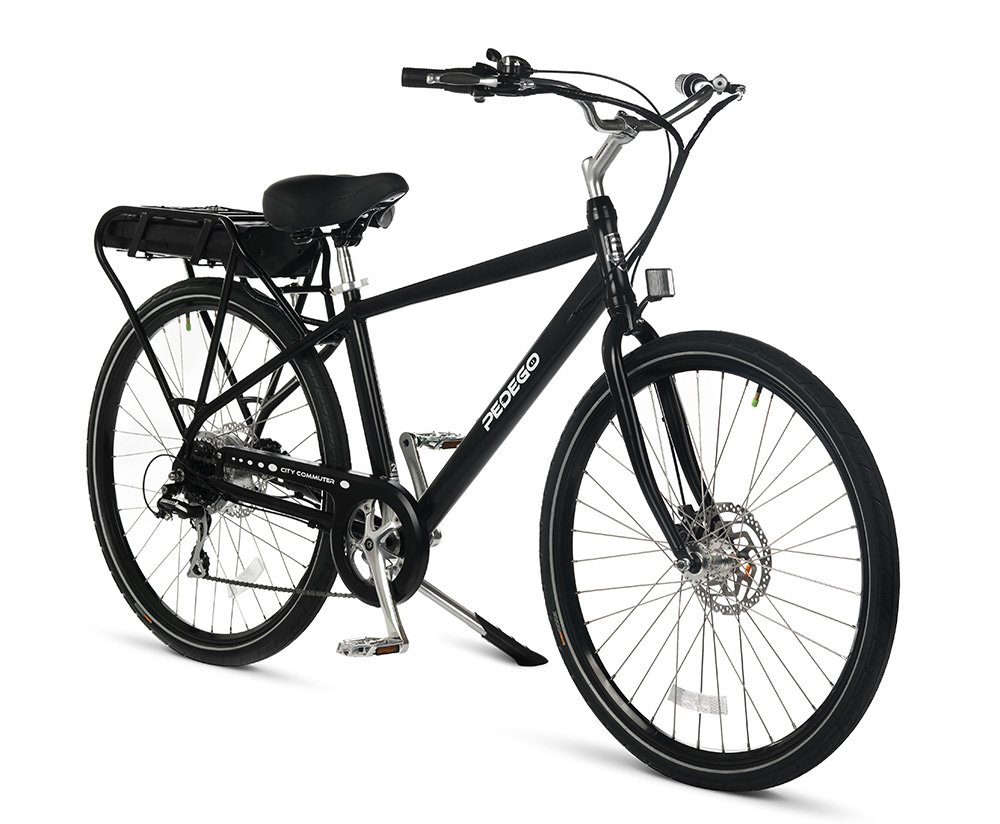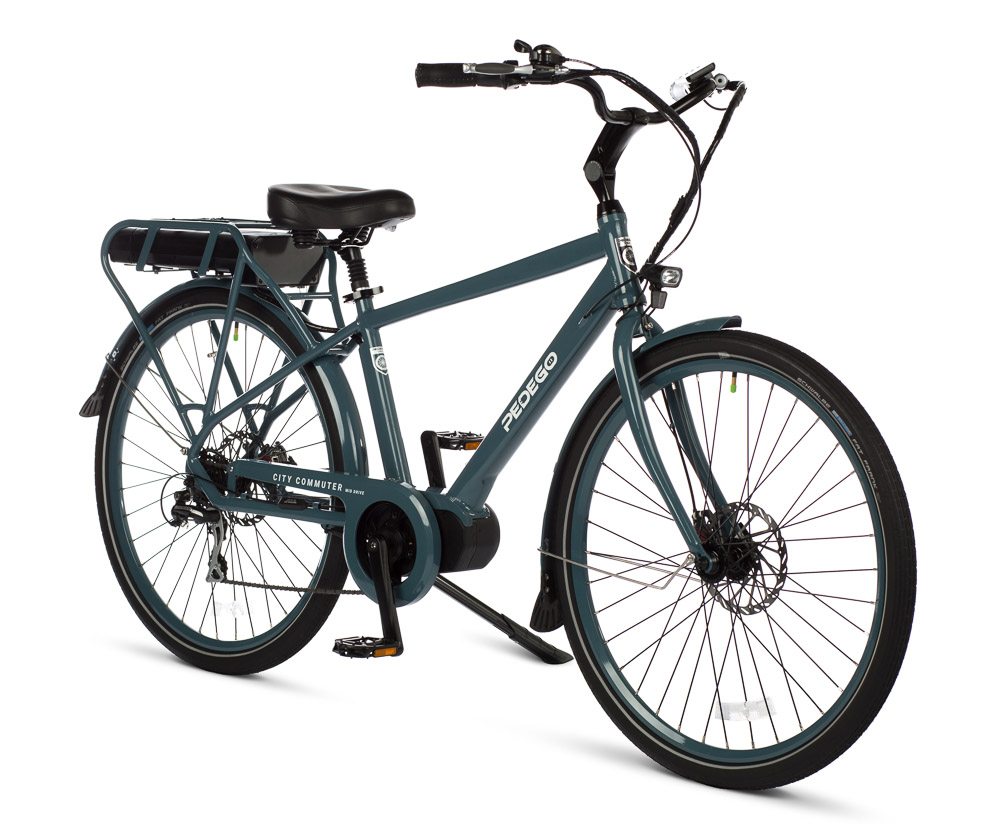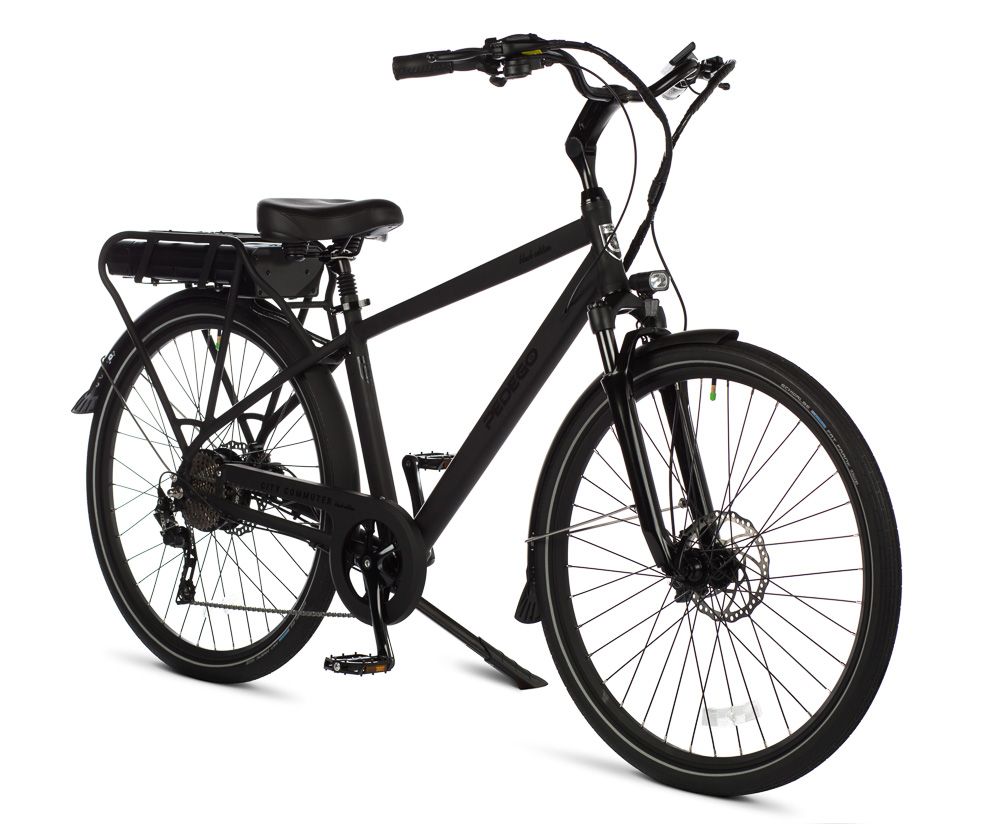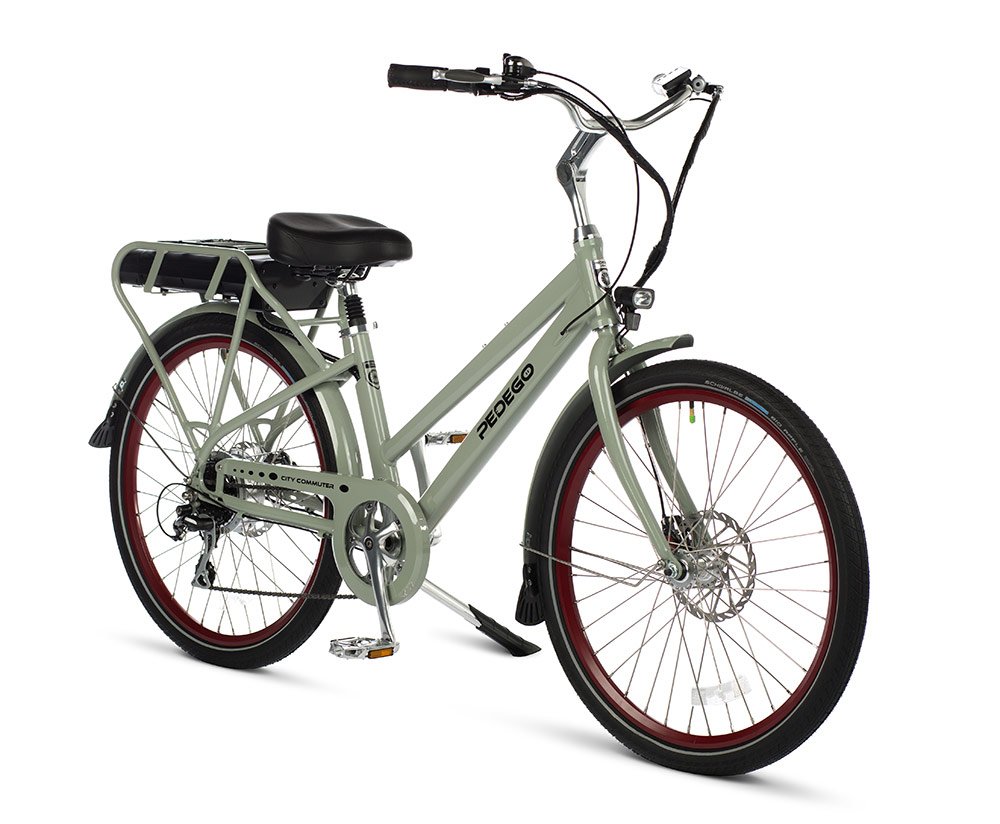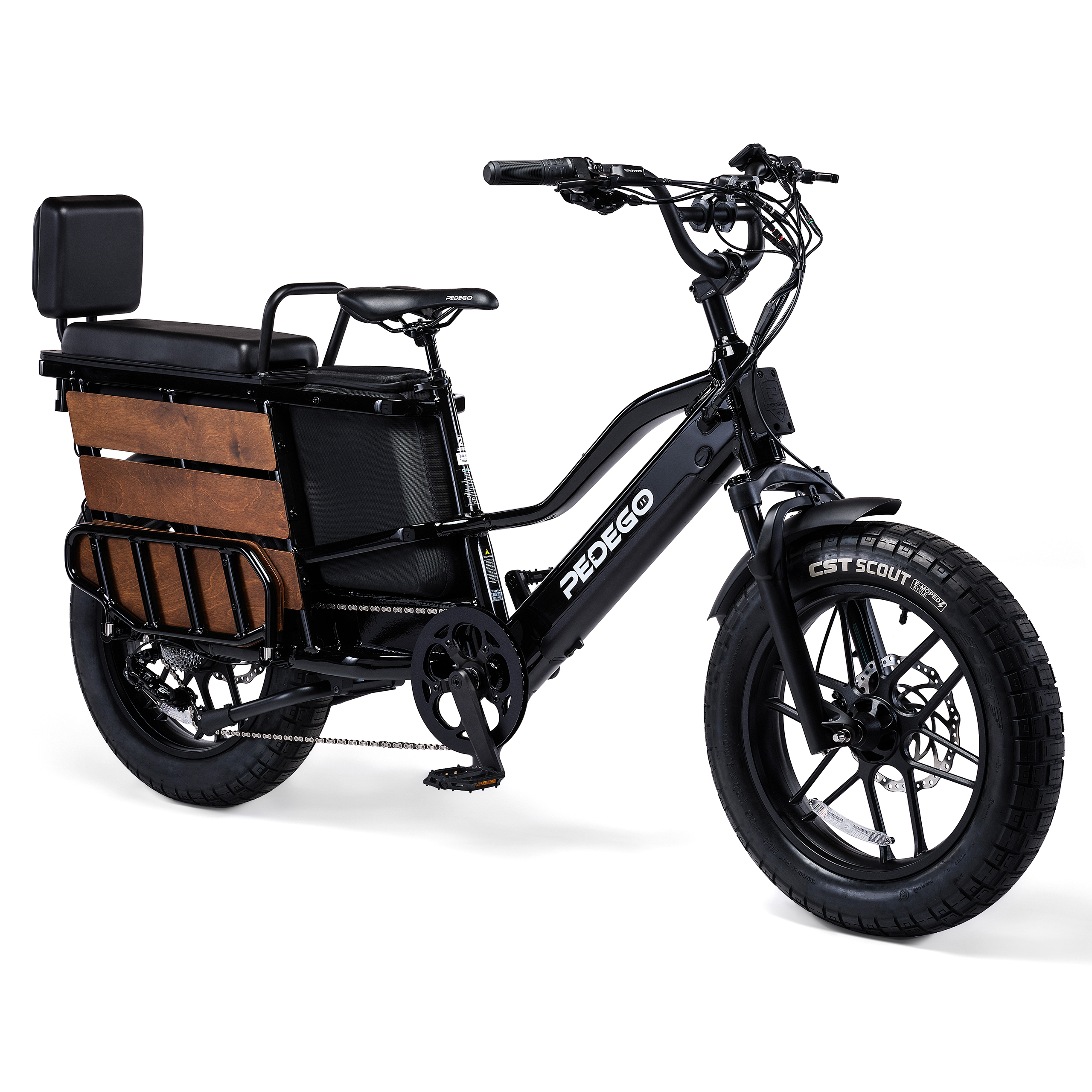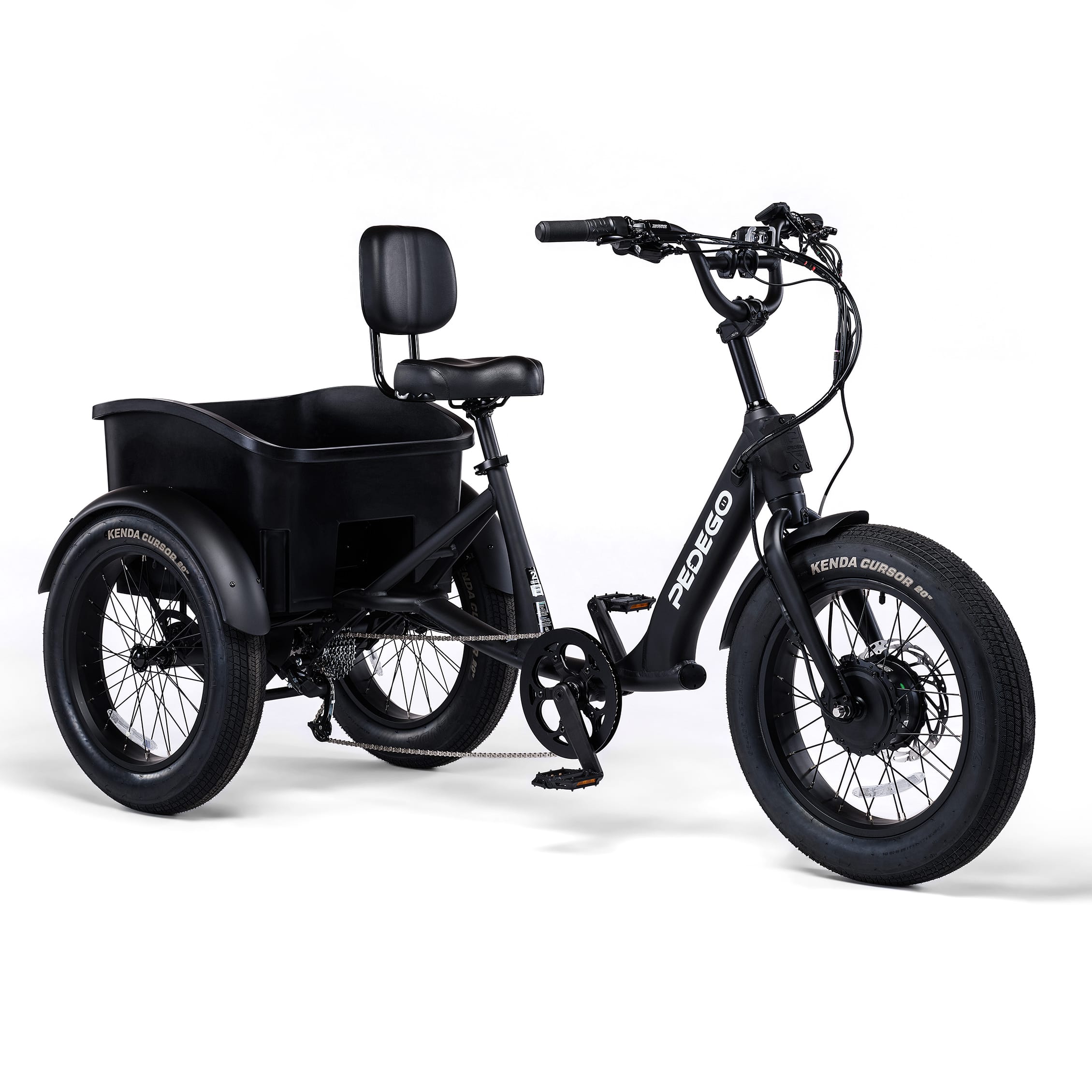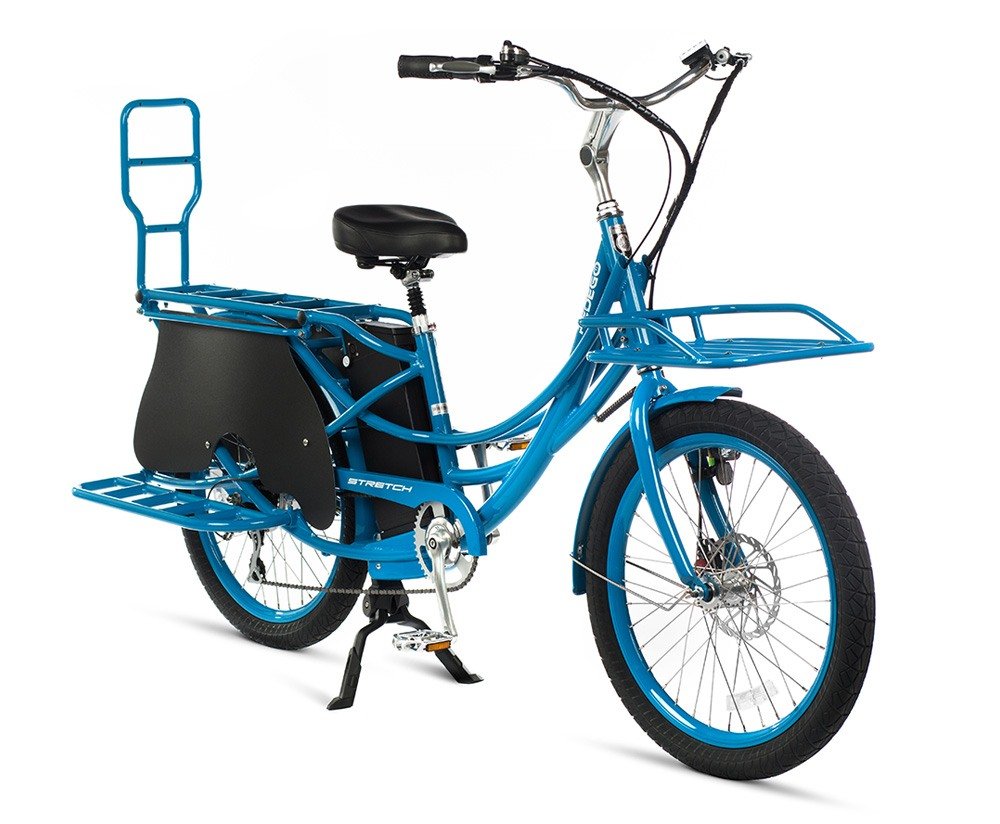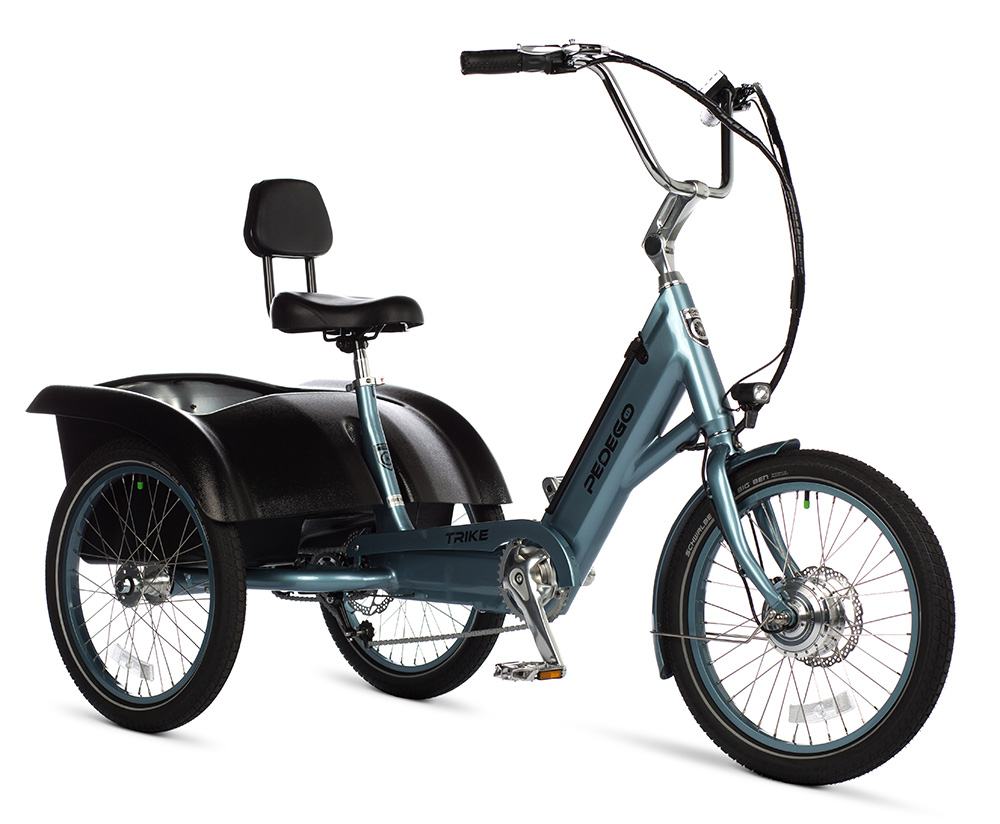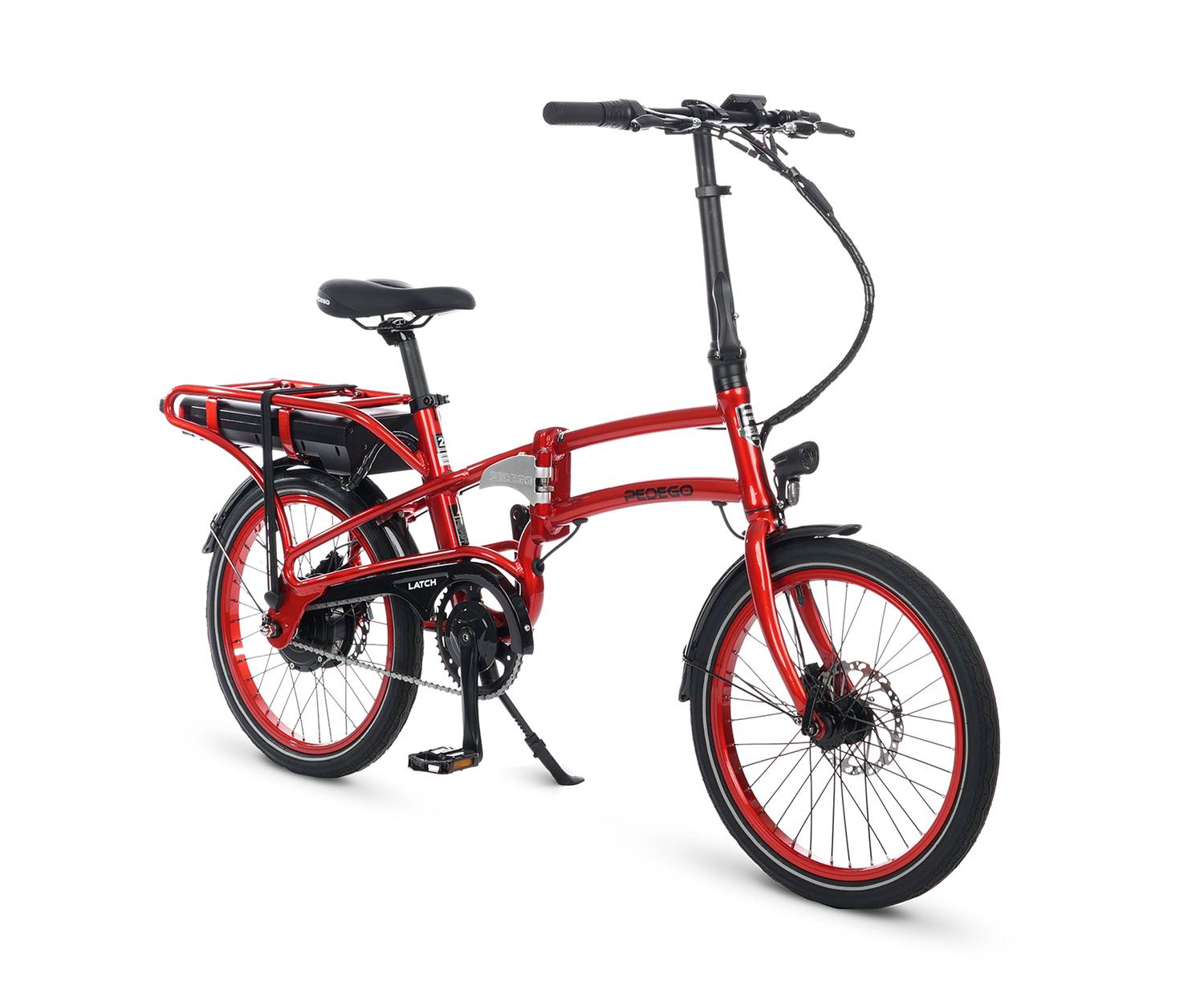Companies that only sell mid drive bikes want you to believe that they’re always the best option. “If all you have is a hammer, everything looks like a nail.”
Pedego offers both options, so we have no ax to grind. Our philosophy is the best electric bike is the one that’s the most fun, for you personally, to ride – regardless of the motor.
HUB MOTORS
A majority of electric bikes in the U.S. have hub motors.
In general, Americans prefer them because they are simple and easy to use.
Hub motors seamlessly deliver power right where it’s needed, without any extra gear shifting or wear on the drivetrain.
They also have at least twice the power of a typical mid drive and they deliver full power on demand with a twist-and-go throttle.
MID DRIVE MOTORS
Mid Drive motors are popular in Europe where strict laws limit the power and forbid throttles.
Most Americans don’t like European style mid drives because they’re underpowered and don’t have a throttle.
Mid drive motors are notoriously high maintenance. The power of the motor goes through the chain and gears of the bike and causes much more wear and tear than usual.
Mid drive motors also force you to constantly shift gears while riding, and it’s not as smooth as shifting a regular bike. Many people are intimidated and/or annoyed by all this extra hassle.
On a positive note, mid drives are undoubtedly the best option for extremely steep hills because they can use the gears of the bike to help climb. And although it’s hardly noticeable for most people, the weight of the motor is more balanced on the bike.
